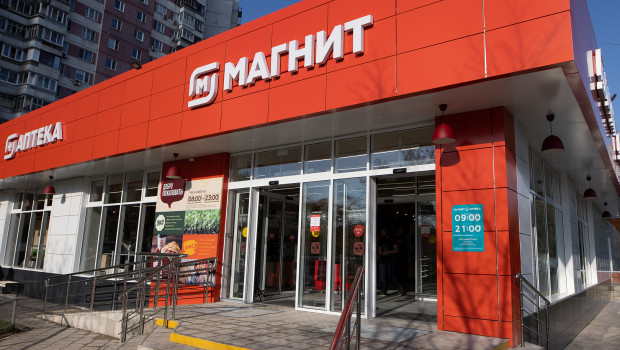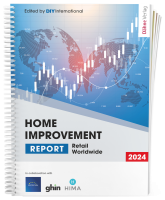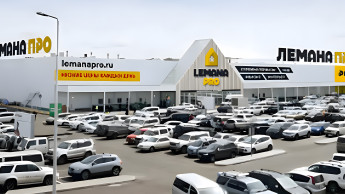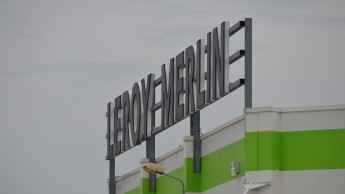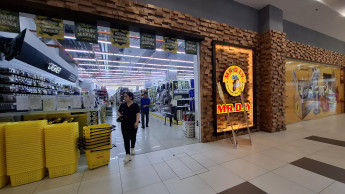Now Magnit apparently aims to grab a slice of the Russian DIY market also. In March 2021, it applied to Rospatent for the trademark Magnit Master featuring a hammer in the logo. While the plan to enter the market for home merchandise and renovation seems undisputed, according to the Russian financial press, no further details are known as yet. Sector expert Irina Bolotova of JosDeVries The Retail Company thinks that Magnit Master could position itself on retail areas of 300 to 500 m² offering a range of tools and consumables. This would correspond to other Magnit non-food speciality stores for cosmetics, pharmaceuticals or alcohol.
Mikhail Burmistrov, general director of the market research company Infoline-Analytik, believes it is a logical step by Magnit in accordance with its current portfolio of retail activities. He considers the Russian DIY sector to be only poorly consolidated to date, and Magnit could quickly occupy a leading position in this segment also. He refers in this connection to Magnit Kosmetik, which has succeeded in overtaking the market leader in just a few years. Burmistrov also sees major synergy effects resulting if Magnit Master branches are opened close to Magnit supermarkets, making it possible to harness customer flows and purchasing power more efficiently.

 Menü
Menü




